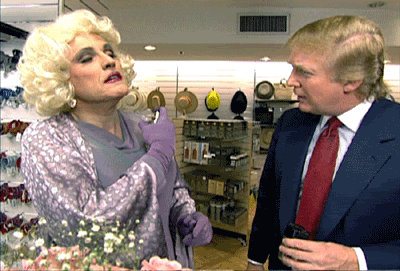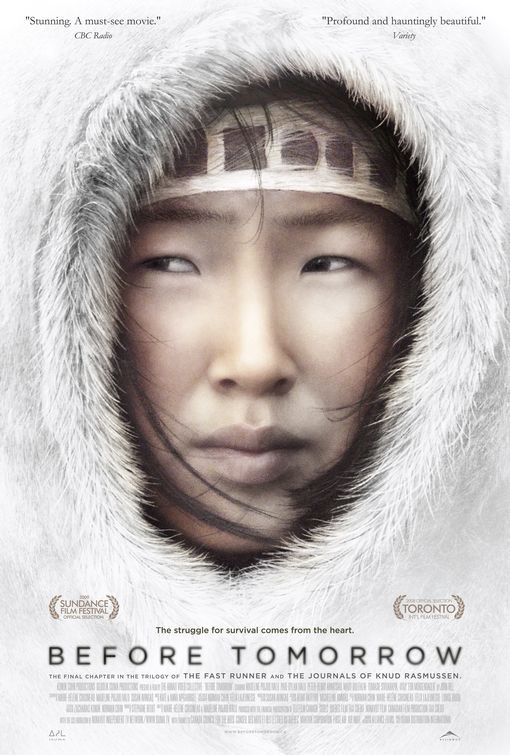Victoria is the historic “Little Britain” capital of the province of British Columbia, even though it’s actually located on an island off the coast – so close to the United States that Washington’s Olympic Mountains loom large across its southern skyline. Yet America has less of an influence here than the Commonwealth – the member countries of what once was the British Empire. When you notice that the Curling championship being held up-island is getting as much press as the Super Bowl, you know you really are in a different country.
Victoria lies in the shadow of the States and the metropolises (metropoli?) of the Pacific Northwest, but refuses to be defined by them; likewise, their film festival doggedly ignores its larger and more “important” cousins to the south and east – Portland, Seattle, Whistler and of course Vancouver, all of whom get more films, bigger films, more guests, more press.

Like the queen it is named for, Victoria is cowed by no-one, and its festival reflects that sort of quiet pride. For the last 15 years, the
Victoria Film Festival has carried on regardless, and has evolved (under the leadership of longtime director Kathy Kay) into a popular but unpretentious champion for Canadian cinema, indie filmmakers from around the world, and “small” films looking for a big boost.
The fest is spread across four cinemas (and one lounge-cum-screening-room) in both downtown Victoria and the nearby suburb of Langford, and utilizes a host of alternative spots (the usual mix of pubs and restaurants, open stages and auditoriums) for non-screening events, mostly centred on conversations with filmmakers, support industry and officials about the state of play in local and indie cinema.
This year, the organizers added a series of adventurous oddball videos shown in oddball places – the tops of roofs, back alleys in Chinatown, inside parked cars, on the back wall of a tattoo parlour – to get patrons out of their comfort zones and focused on the shared ambience as an essential part of the magic of the movies – something you don’t get from a Blu-Ray player and a 52” plasma no matter how nice the surround sound is.
Some 160 films of various lengths will be screened between the opening gala (which features One Week, Michael McGowan’s rite-of-passage feature about a dying young man who commits a kind of life-affirming suicide by riding from Toronto to Tofino instead of getting treatment) and the final flick, the appropriately-named South Korean horrorshow Epitaph. In between are a heck of a lot of documentaries, English (and a few French, Chinese and other language) features, a smattering of shorts and a great huge helping of Canadian celluloid.
The VFF sees the promotion of indie and mainstream Canadian content as not just an obligation, but a passion: up until Juno made a splash, many markets (particularly the US) were stubbornly indifferent to the stories of the Great White North. Like the Northwest Passage, that ice has thawed a bit and the locals are scrambling to take advantage.
The festival is strongly supported by the local population, and attracts more than its fair share of filmmakers, drawn mostly by the less-competitive atmosphere and relaxed but appreciative audiences. This is a fest that likes works-in-progress, indulges in over-running interviews, remembers you from last year, isn’t afraid of a bit of outrage, and generally offers a supportive reception to those just getting started or far from perfect. As a result, the Victoria Film Festival often gets “scoops,” premieres and sneak-peeks that rival it’s better-funded brethren back east.
The caffeinated obstacle courses of the larger fests is replaced with a spot of tea and a comfy chair beside the fire in Victoria’s vision of a meaty but mild blend of business and pleasure; a cinematic Shepard’s Pie.
 Those of you who are subscribed to my podcast -- Chas’ Crusty Old Wave -- via iTunes will have to wait a bit for the February episode to show up.
Those of you who are subscribed to my podcast -- Chas’ Crusty Old Wave -- via iTunes will have to wait a bit for the February episode to show up.























